Tracey Emin lays bare her own traumas in piercing new show
The British artist is as deeply personal as ever in her first London exhibition in five years, reflecting on loss, mourning, insomnia and spiritual love at White Cube Bermondsey
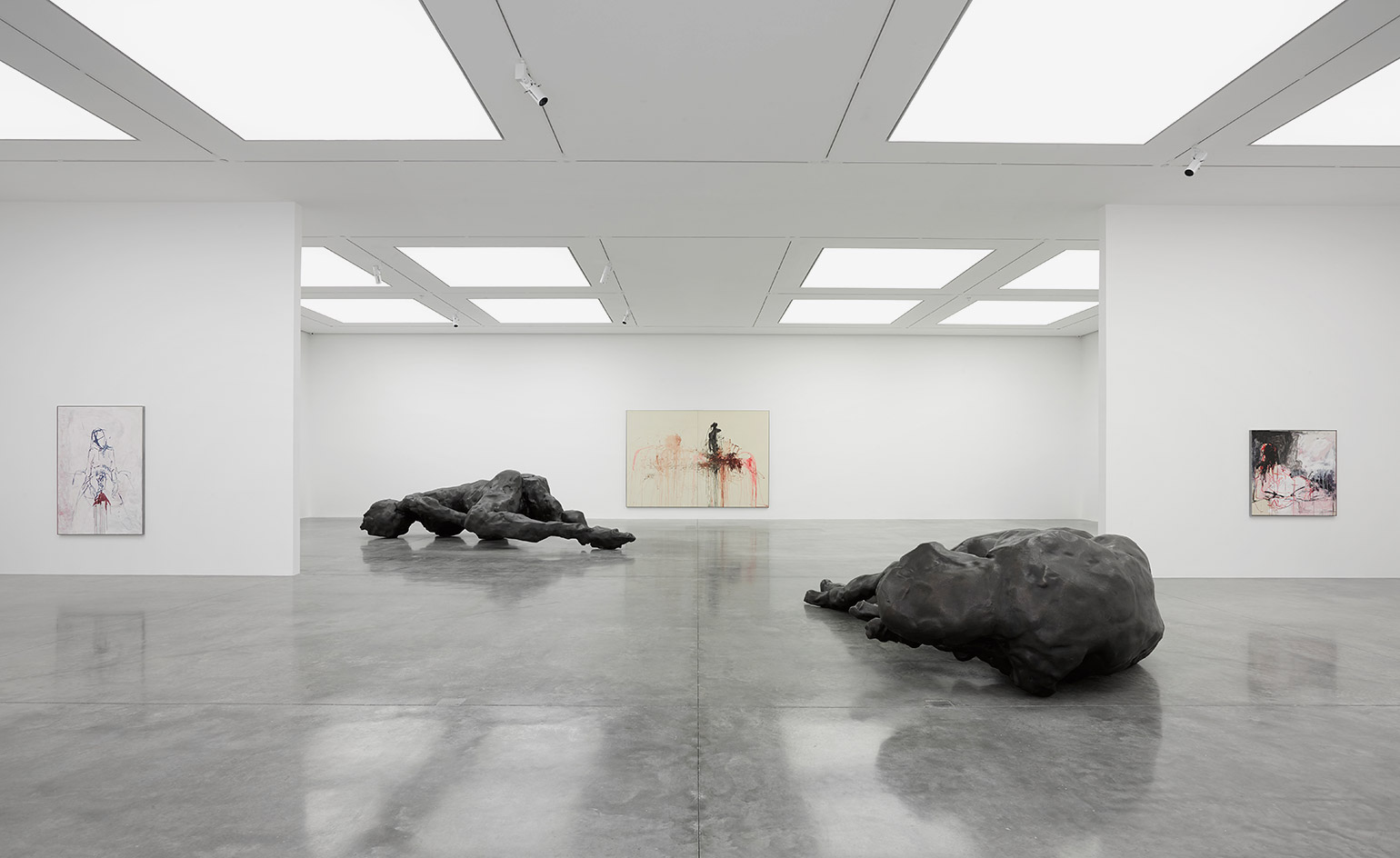
‘Our lives are in a trilogy. I’m in my last bit, so I’ve got to try and get it right,’ Tracey Emin reflects on the eve of her new solo exhibition, which has just opened at London’s White Cube Bermondsey. What’s the overriding theme of the exhibition? Herself. Because after all, Emin is what Emin does best.
In the 1980s, she emerged as the fresh faced enfant terrible of the Young British Artists movement. Four decades later and she’s still charged with the same acerbic bite – an unflinching exhibitionist who manages to exhibit both her self and work in a single space. Much to the relief of her admirers and critics, Emin has emerged from her sabbatical no less explosive albeit older, wiser and less of a ‘party girl’. The passion with which she visually and verbally dissects everything from ‘hideous’ Brexit to abortion, rape, relationships and her mother’s death is itself sobering to witness.
But the captivating candidness and apparent self-annihilation that earned her public notoriety in youth are not moments she reflects on fondly. ‘I suddenly woke up one morning and realised that I’d really fucked myself over by talking too much... by giving too much away,’ she recalls. But here, within the walls of White Cube it feels as though Emin is entirely in control of her work and self-image – as she puts it, ‘getting her act together’. ‘What this whole show is about is releasing myself from shame. I’ve killed my shame, I’ve hung it on the walls,’ she explains.
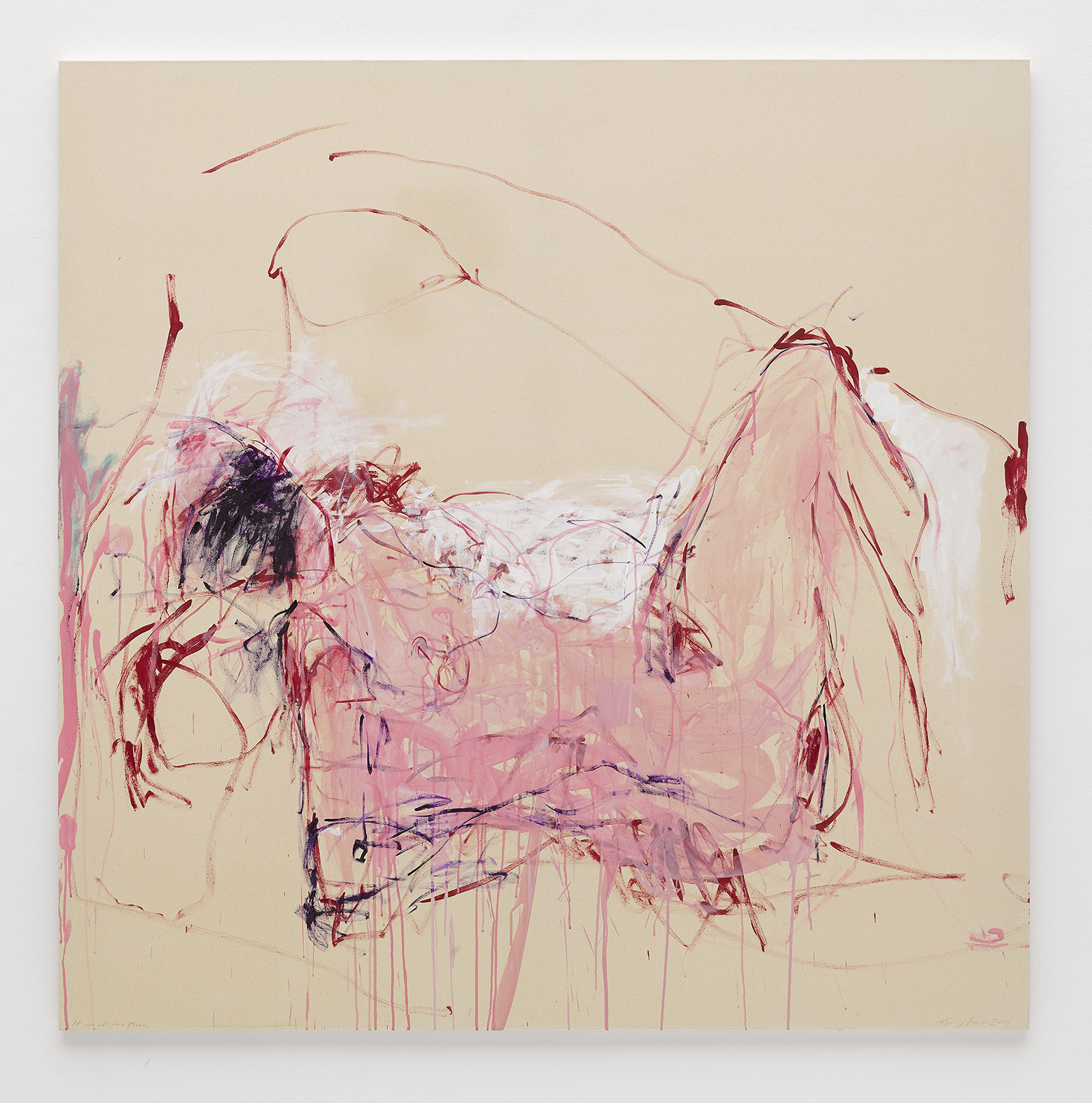
It was all too Much, 2018, by Tracey Emin, acrylic on canvas. © Tracey Emin. All rights reserved, DACS 2017. Photography: Theo Christelis. Courtesy of White Cube
Sprawling over 5,440 sq m of White Cube, the artist’s first London show in half a decade feels like a homecoming – a culmination of new and historical painting, photography, film, large-scale sculpture and neon text, of course, the 21st-century answer to Dada’s Readymade. The idea for the exhibition title, ‘A Fortnight of Tears’, long preceded the majority of this work’s creation. She’s had this one in the bank for 15 years, tentatively awaiting the right time to deploy it. ‘It’s the longest I’ve ever cried for I think, a fortnight,’ she says.
Themes in the exhibition stem directly from the artist’s own emotions: the loss of her parents and her ‘self-respect’, the female experience, spiritualism and sexuality. Three monumental bronze sculptures – including one portraying her mother in her eighties – are the largest Emin has produced to date. These sit adjacent to new a photographic series Insomnia (a four-year work in progress) alongside a vast quantity of paintings, studies and artefacts including a Ouija board. An early video work How It Feels (1996), chronicling Emin after her harrowing 1990 abortion, is shown in tandem with The Ashes, a new film work shot in the artist’s east London home. The camera pans over a scene in Emin’s light-drenched dining room where her mother’s ashes sit in a wooden box.
I’ve killed my shame, I’ve hung it on the walls.
In the first gallery, visitors are reacquainted with the artist’s infamous bed – but this time it’s Emin in bed, 50 times over in a grid of self-portraits on the gallery’s walls. This format is nothing fundamentally new: Emin has been performing the selfie before the selfie was even born. In these portraits, viewers become intimately acquainted with Emin’s surgery scars, facial lacerations and cyclical changes in mood and nightwear.
Some are humorous, some are haunting and one was taken the night she knew her mother had died. This is the ongoing Insomnia series, which sees Emin alone, tormented by fatigue but incapable of sleep. ‘I had it [insomnia] in my early twenties in art school, but I loved it then, I could do whatever I wanted and it seemed that I had more hours in the day. As I’ve got older it’s got more and more soul destroying. Insomnia is not an affectation, it’s crippling,’ she says.
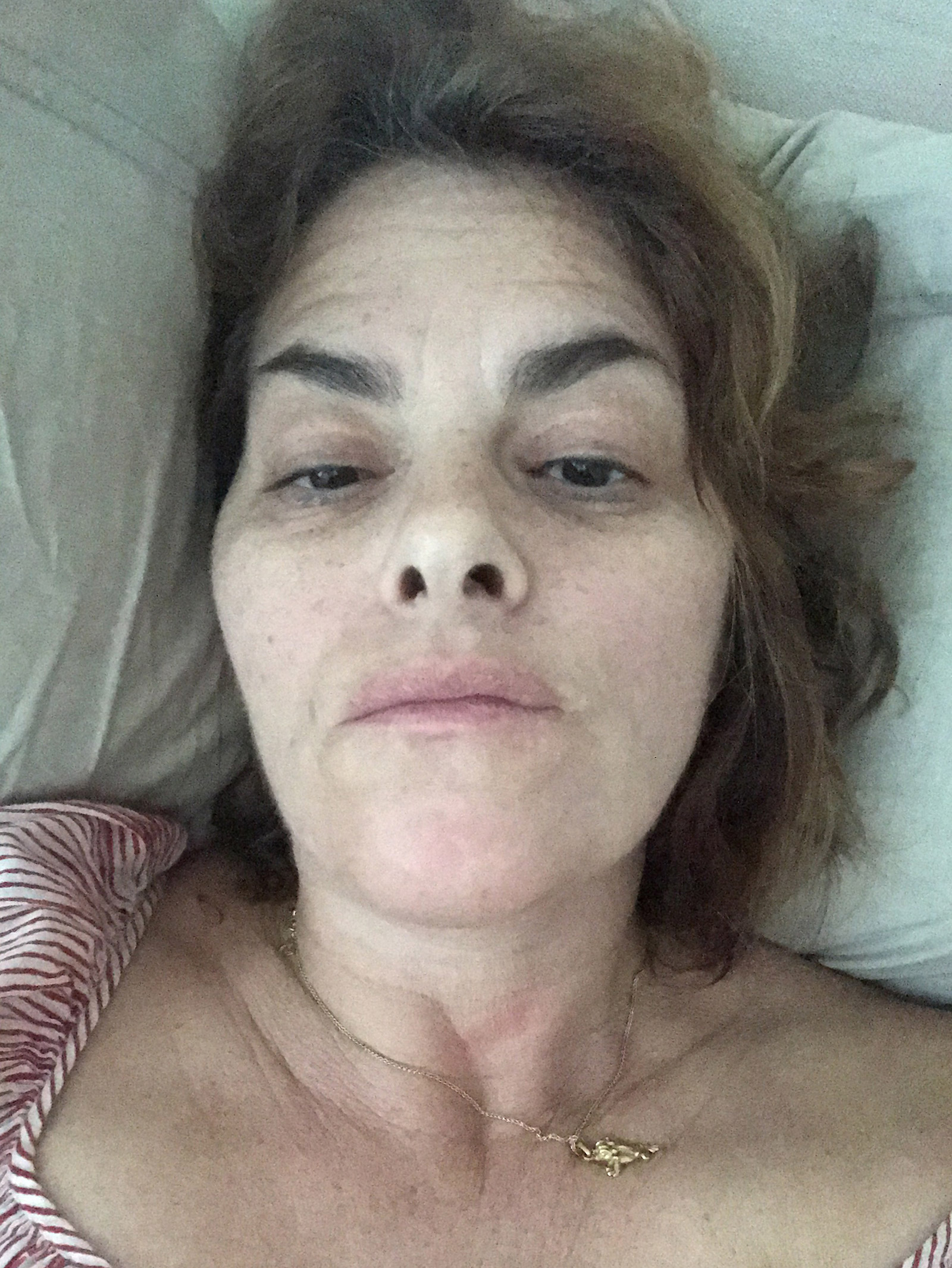
Insomnia 14:39, 2018, by Tracey Emin, Giclee print. © Tracey Emin. Courtesy of White Cube
But it’s Emin’s paintings that steal the show, both in their immense quantity and volatile passion. They Held Me Down While He Fucked Me 1976 and But You Never Wanted me (both 2018) are two of the many portraits depicting gestural female nudes – presumably Emin – reclining, sleeping, bleeding and masturbating. The paint seeps in visceral layers riddled with trauma, rage, rejection and sexual aggression – Schiele-esque in twisted, gritty composition and Munch-like in eerie dilution.
With its acute commentary on the extremities of the female experience, it’s difficult to avoid drawing parallels with the today’s #MeToo and Time’s Up movements. ‘I kept trying to say [this] to people years ago’, Emin exclaims. ‘Suddenly I’m allowed to express myself and to have the language and the voice that I’ve had for years and years. Now we’re in a time where we can put things right, and this is what my work is about.’
So once again, we’re voyeurs in the next phase of this turbulent artistic existence, no less gripped, but perhaps now a little more empathetic. The White Cube show feels far beyond raw personal confession and seems to assert the precision and complexities of the broader human experience. ‘I don’t have anything else in my life,’ she says, ‘my work has completely taken over now and I’m completely dedicated to it.’

You Kept watching me, 2018, by Tracey Emin, acrylic on canvas. © Tracey Emin. All rights reserved, DACS 2017. Photography: Theo Christelis. Courtesy of White Cube
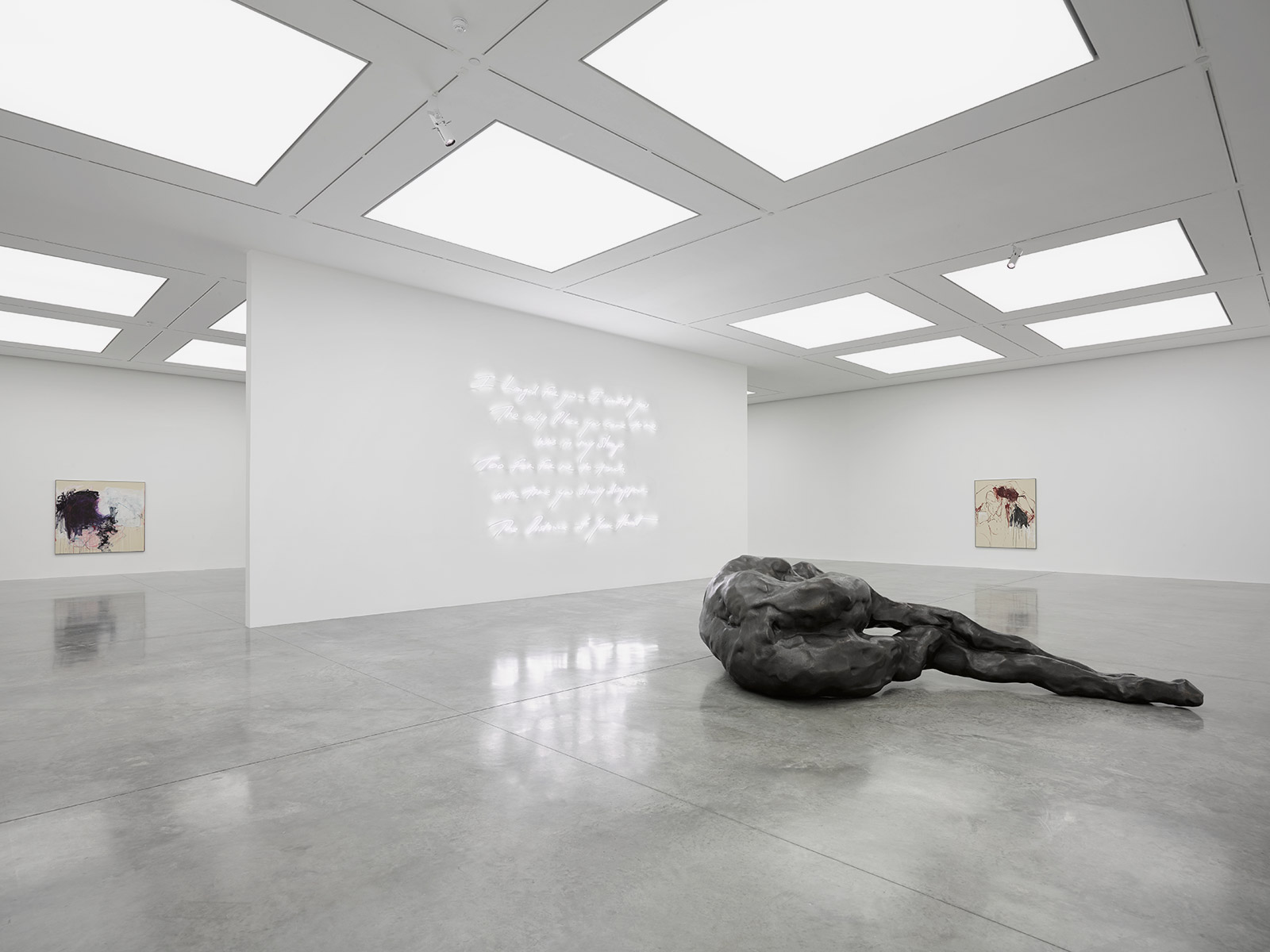
Installation view of ‘A Fortnight of Tears’ at White Cube Bermondsey. © Tracey Emin. All rights reserved, DACS 2017. Photography: Ollie Hammick
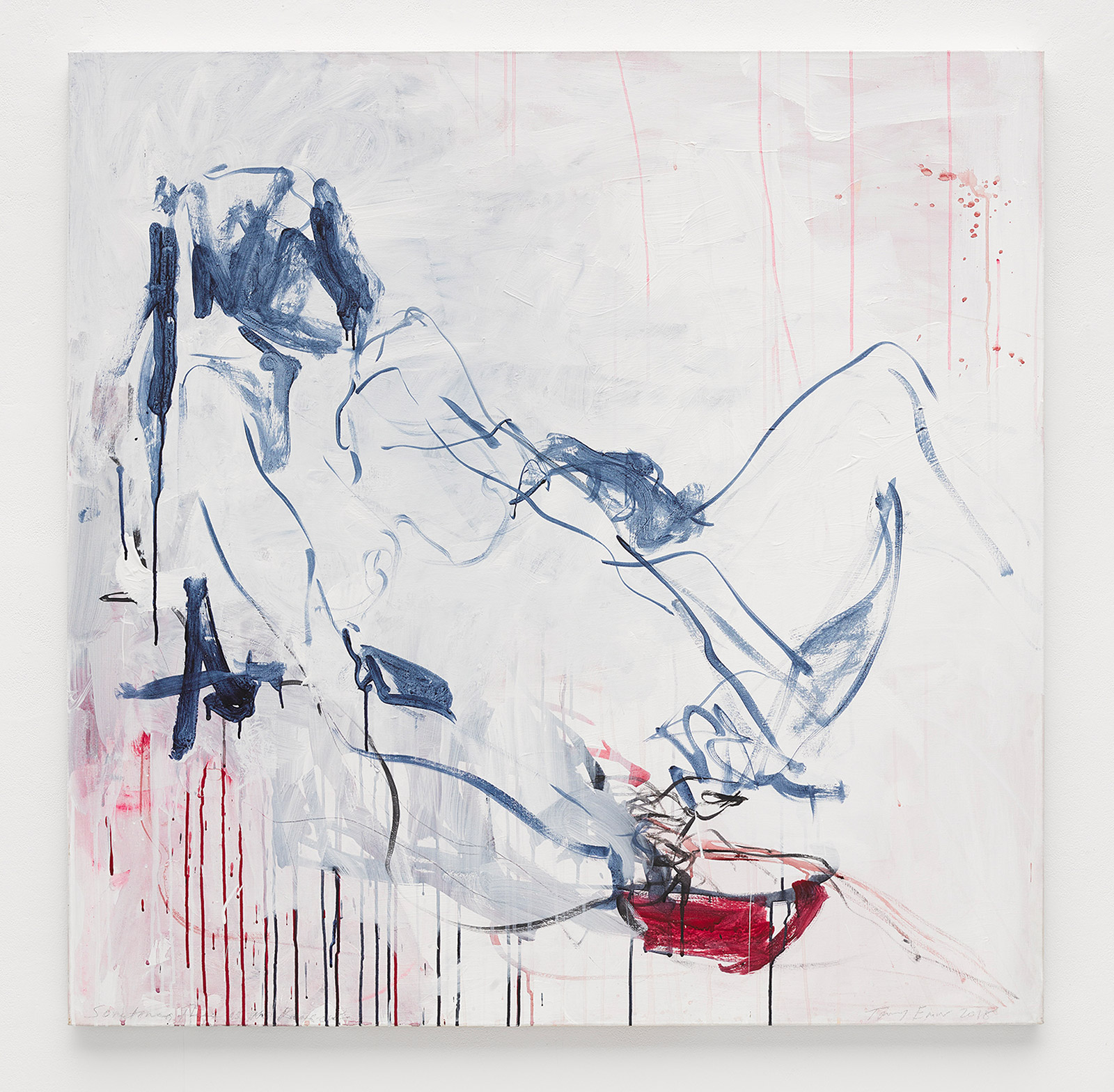
INFORMATION
‘A Fortnight of Tears’ is on view from 6 February – 7 April. For more information, visit the White Cube website
ADDRESS
Wallpaper* Newsletter
Receive our daily digest of inspiration, escapism and design stories from around the world direct to your inbox.
White Cube Bermondsey
144-152 Bermondsey Street
London SE1 3TQ
Harriet Lloyd-Smith was the Arts Editor of Wallpaper*, responsible for the art pages across digital and print, including profiles, exhibition reviews, and contemporary art collaborations. She started at Wallpaper* in 2017 and has written for leading contemporary art publications, auction houses and arts charities, and lectured on review writing and art journalism. When she’s not writing about art, she’s making her own.
-
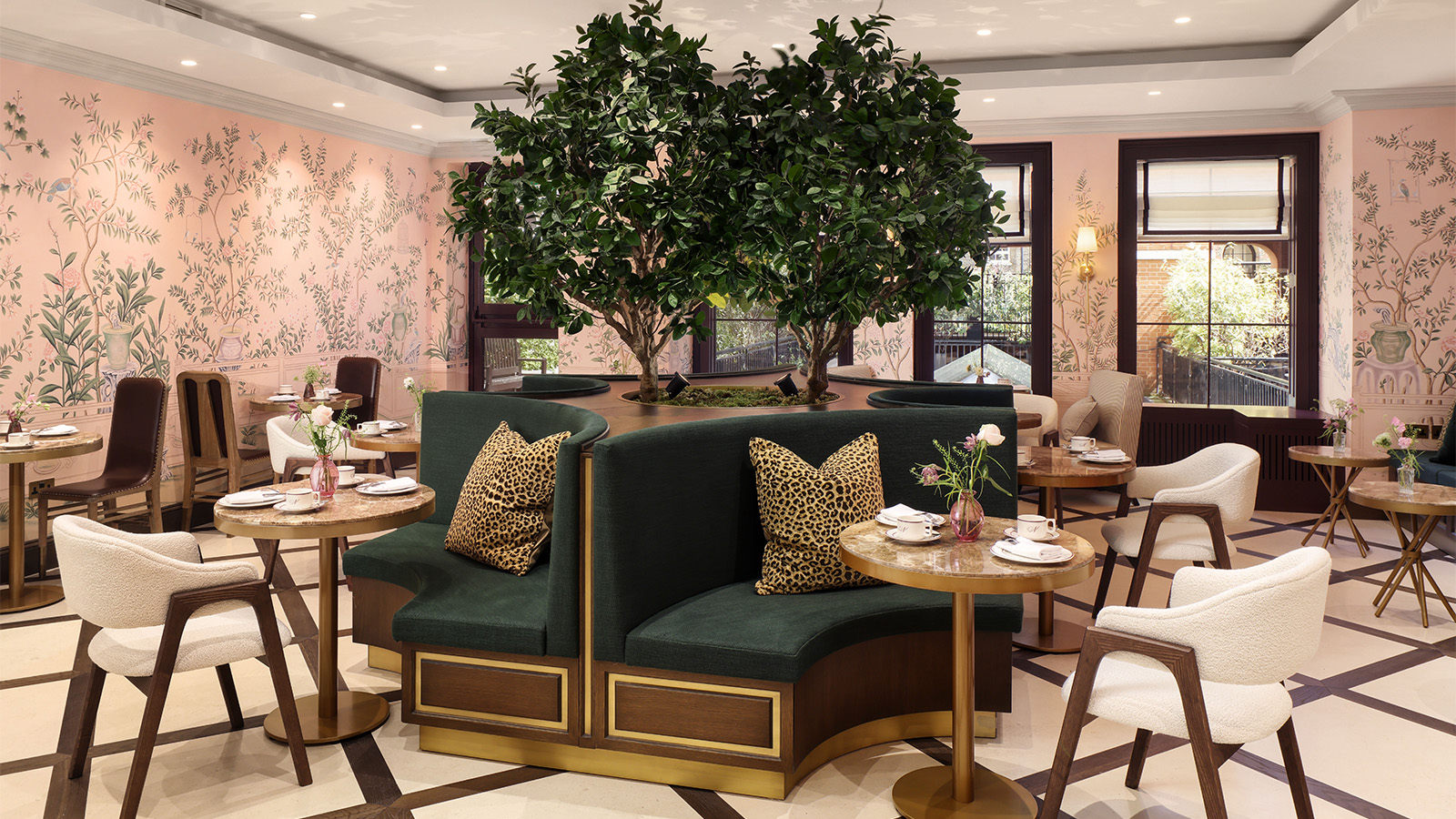 Premium patisserie Naya is Mayfair’s latest sweet spot
Premium patisserie Naya is Mayfair’s latest sweet spotHeritage meets opulence at Naya bakery in Mayfair, London. With interiors by India Hicks and Anna Goulandris, the patisserie looks good enough to eat
-
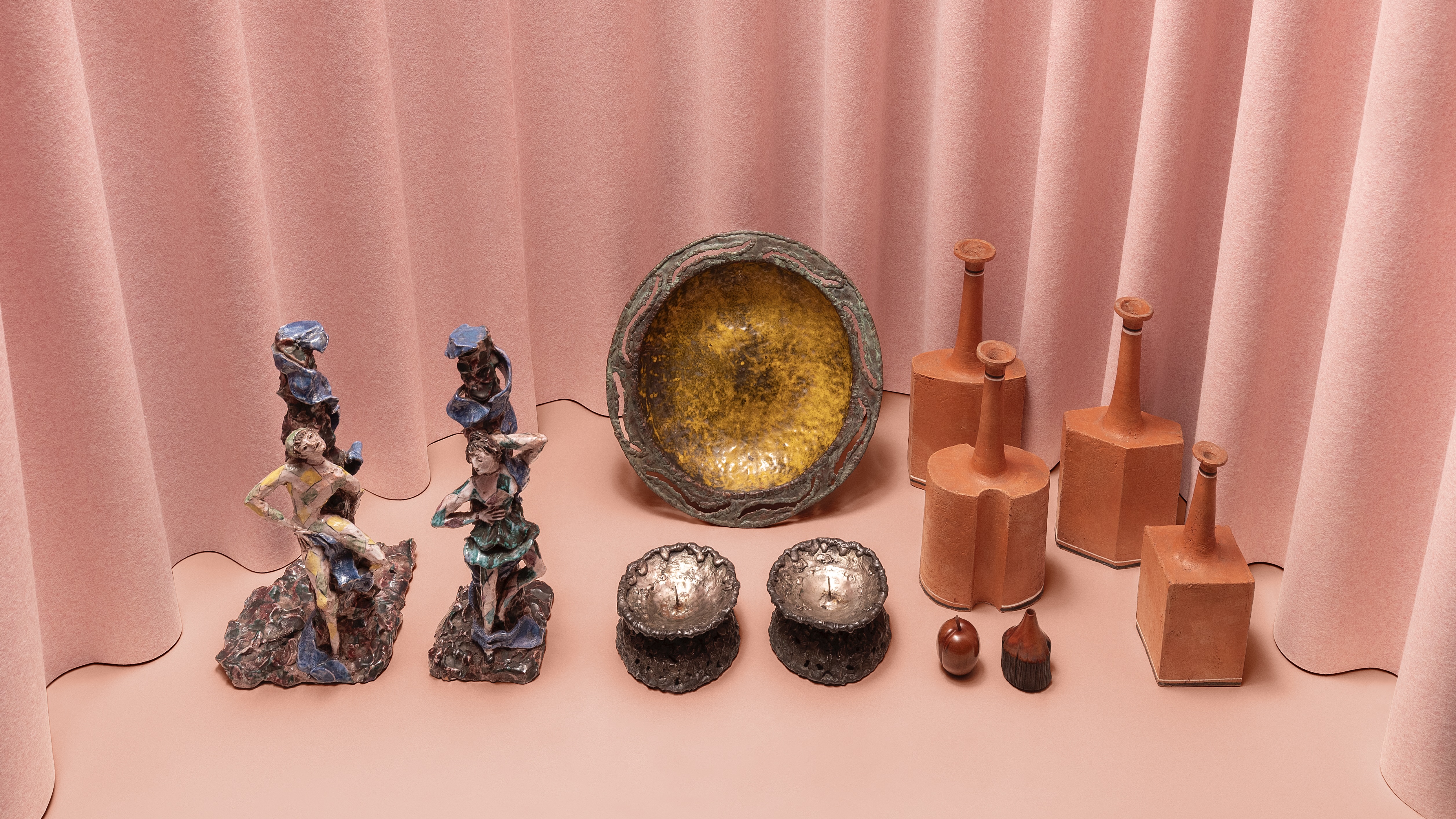 Discover midcentury treasures in Marylebone with Álvaro by Appointment
Discover midcentury treasures in Marylebone with Álvaro by AppointmentLondon is full of sequestered design havens, and Wallpaper* knows them all. Allow us to point you in the direction of Álvaro González’s shop window on Nottingham Place, home to a bonanza of beautiful 20th-century antiques
-
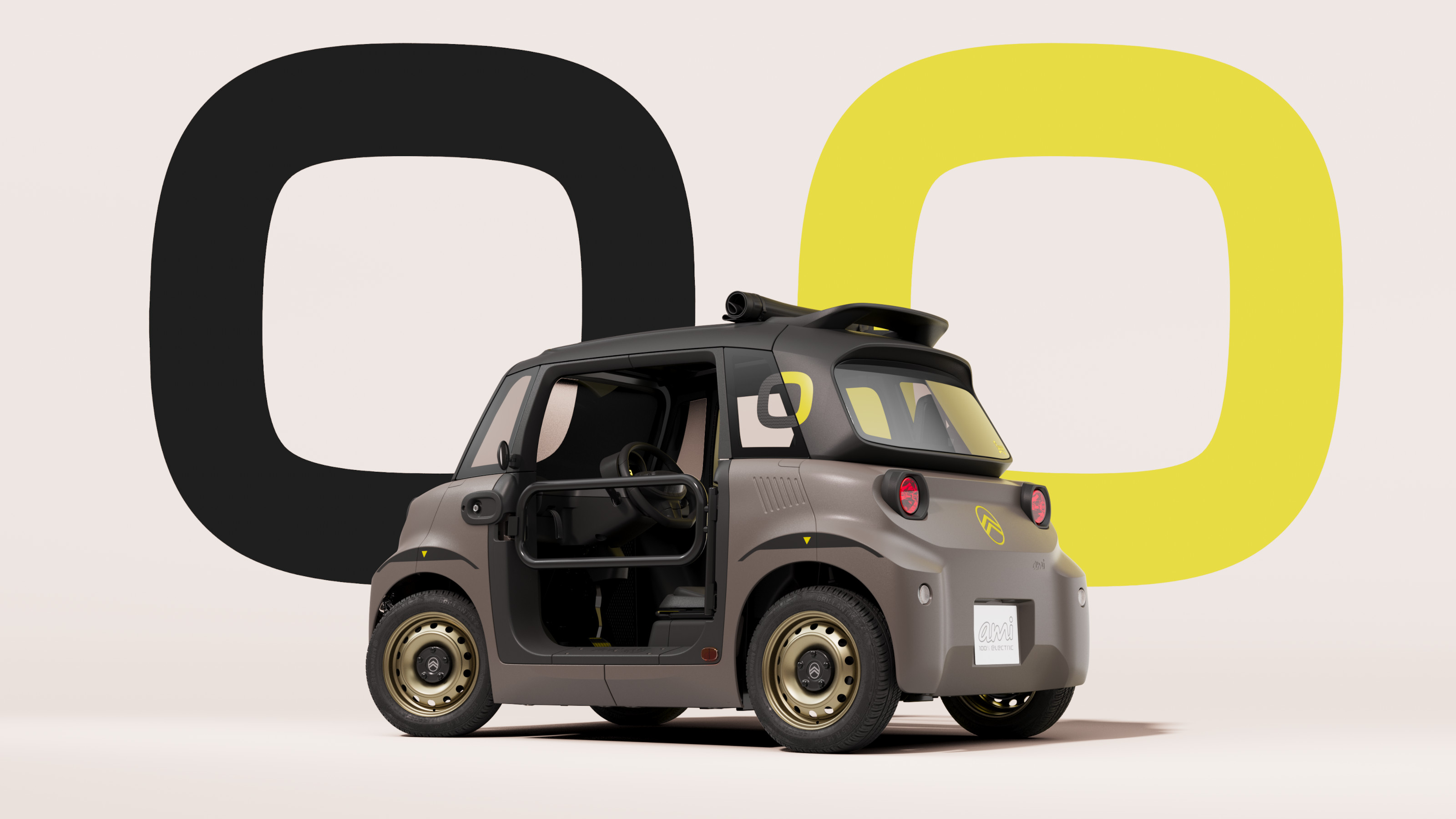 Beach chic: the all-new Citroën Ami gets an acid-tinged, open-air Buggy variant
Beach chic: the all-new Citroën Ami gets an acid-tinged, open-air Buggy variantCitroën have brought a dose of polychromatic playfulness to their new generation Ami microcar, the cult all-ages electric quadricycle that channels the spirit of the 2CV for the modern age
-
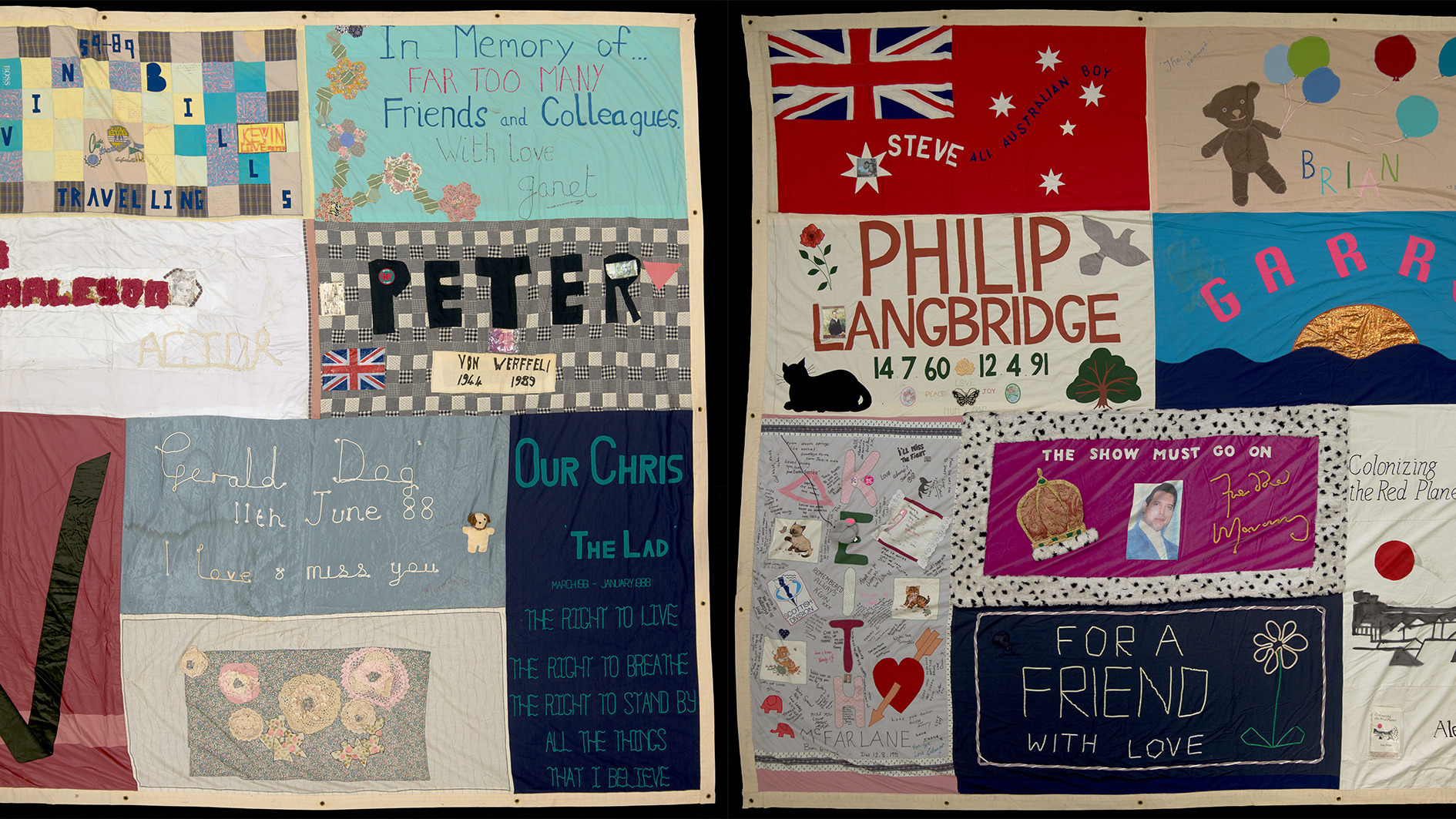 The UK AIDS Memorial Quilt will be shown at Tate Modern
The UK AIDS Memorial Quilt will be shown at Tate ModernThe 42-panel quilt, which commemorates those affected by HIV and AIDS, will be displayed in Tate Modern’s Turbine Hall in June 2025
-
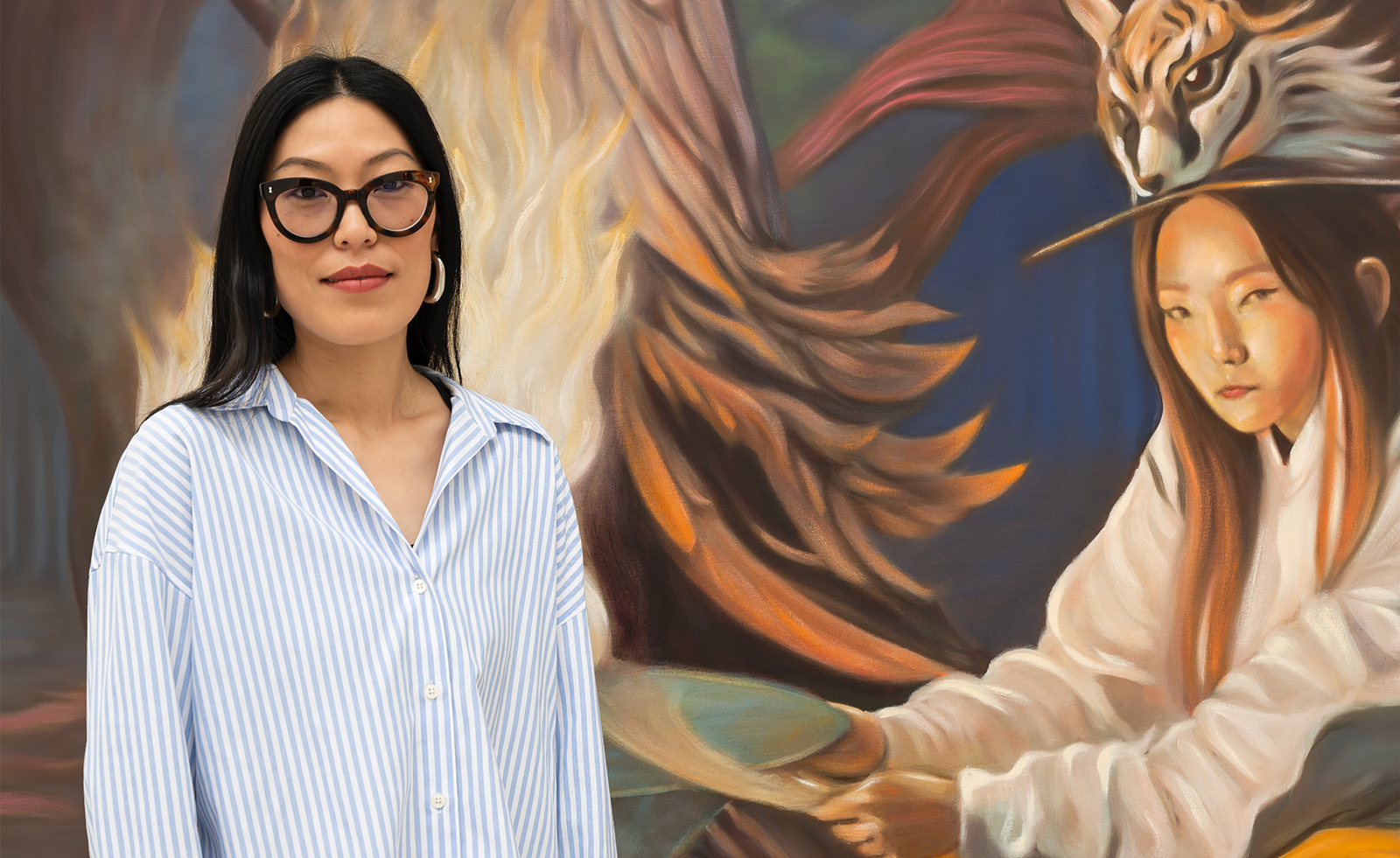 Meet the Turner Prize 2025 shortlisted artists
Meet the Turner Prize 2025 shortlisted artistsNnena Kalu, Rene Matić, Mohammed Sami and Zadie Xa are in the running for the Turner Prize 2025 – here they are with their work
-
 ‘Humour is foundational’: artist Ella Kruglyanskaya on painting as a ‘highly questionable’ pursuit
‘Humour is foundational’: artist Ella Kruglyanskaya on painting as a ‘highly questionable’ pursuitElla Kruglyanskaya’s exhibition, ‘Shadows’ at Thomas Dane Gallery, is the first in a series of three this year, with openings in Basel and New York to follow
-
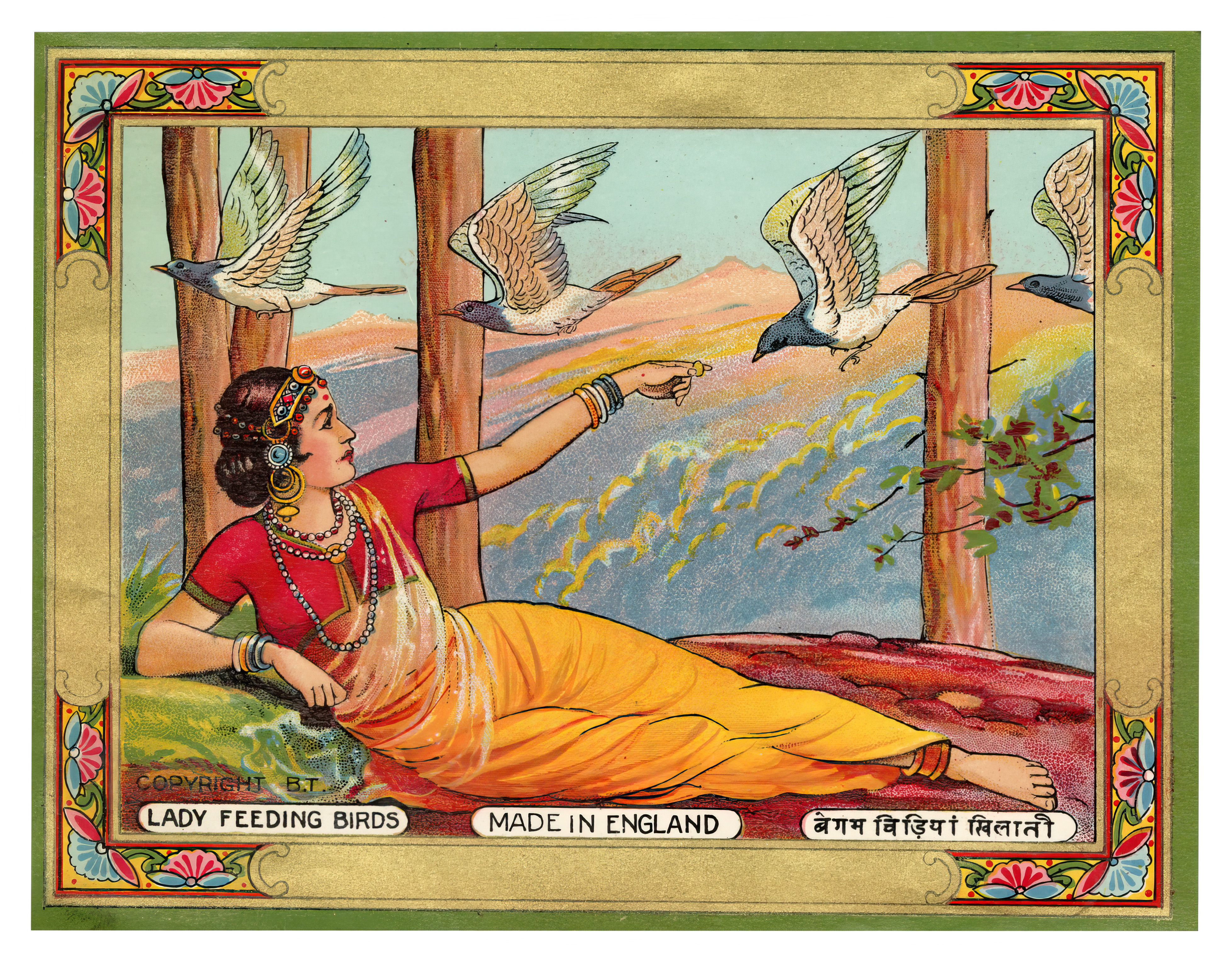 The art of the textile label: how British mill-made cloth sold itself to Indian buyers
The art of the textile label: how British mill-made cloth sold itself to Indian buyersAn exhibition of Indo-British textile labels at the Museum of Art & Photography (MAP) in Bengaluru is a journey through colonial desire and the design of mass persuasion
-
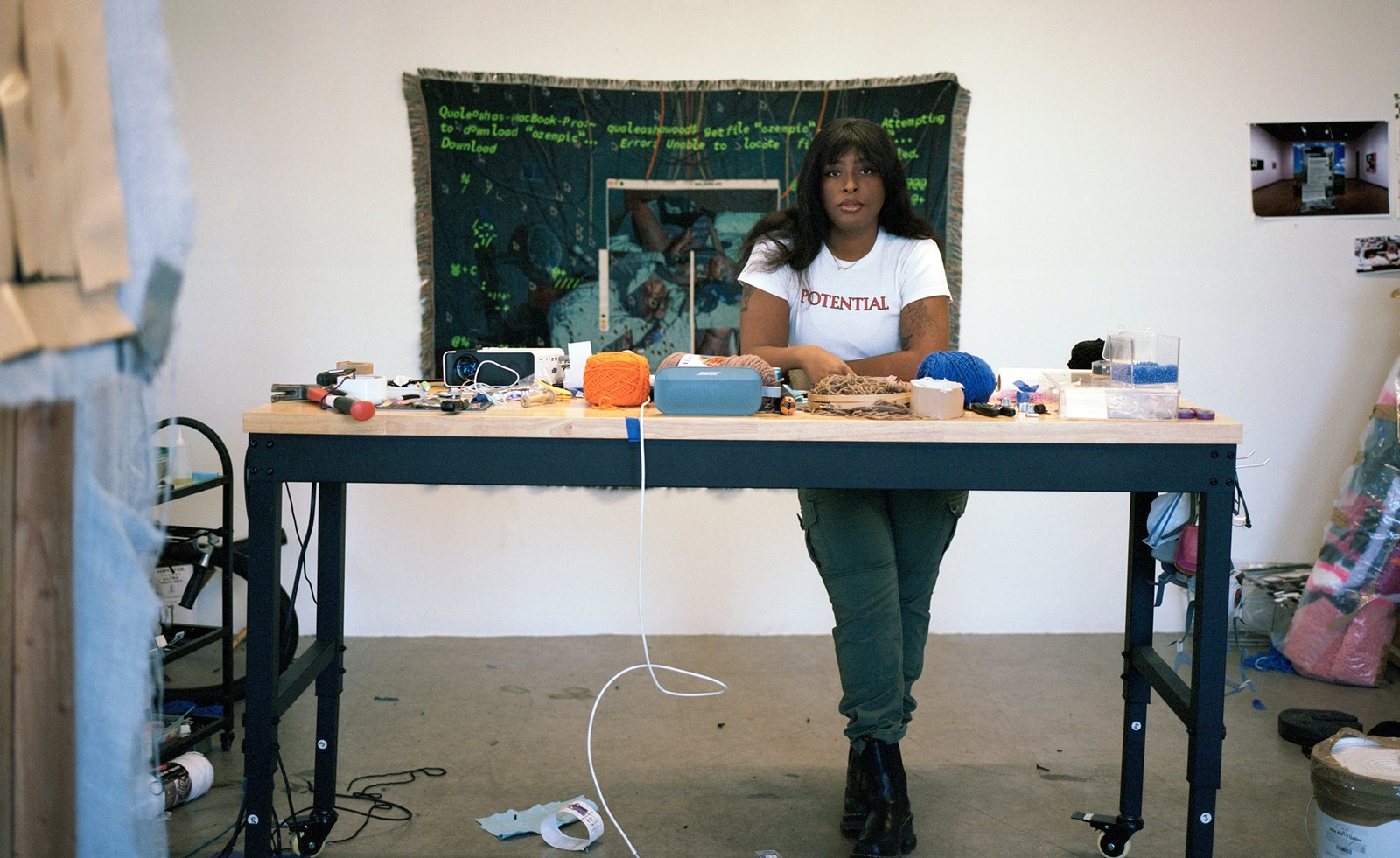 Artist Qualeasha Wood explores the digital glitch to weave stories of the Black female experience
Artist Qualeasha Wood explores the digital glitch to weave stories of the Black female experienceIn ‘Malware’, her new London exhibition at Pippy Houldsworth Gallery, the American artist’s tapestries, tuftings and videos delve into the world of internet malfunction
-
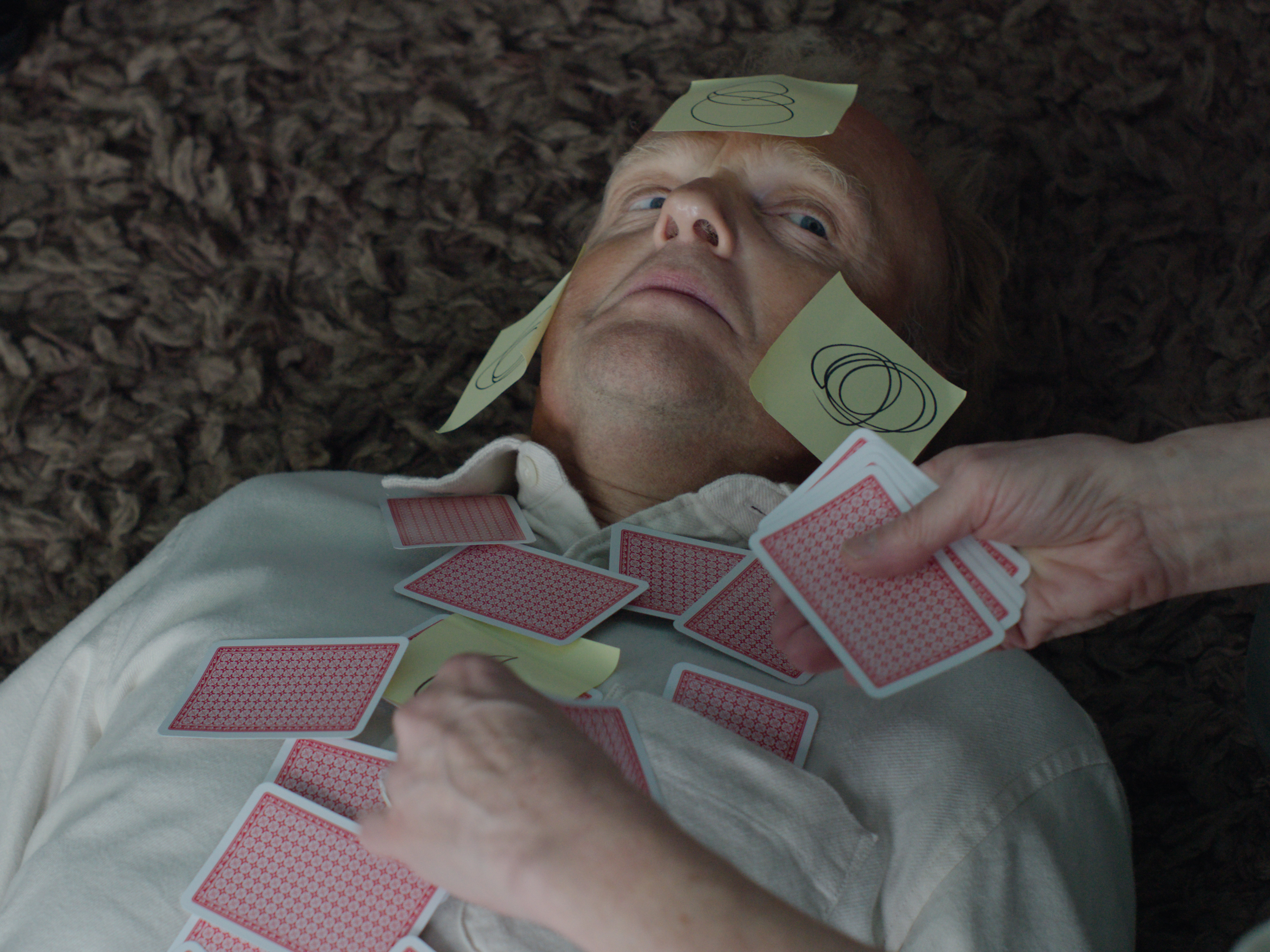 Ed Atkins confronts death at Tate Britain
Ed Atkins confronts death at Tate BritainIn his new London exhibition, the artist prods at the limits of existence through digital and physical works, including a film starring Toby Jones
-
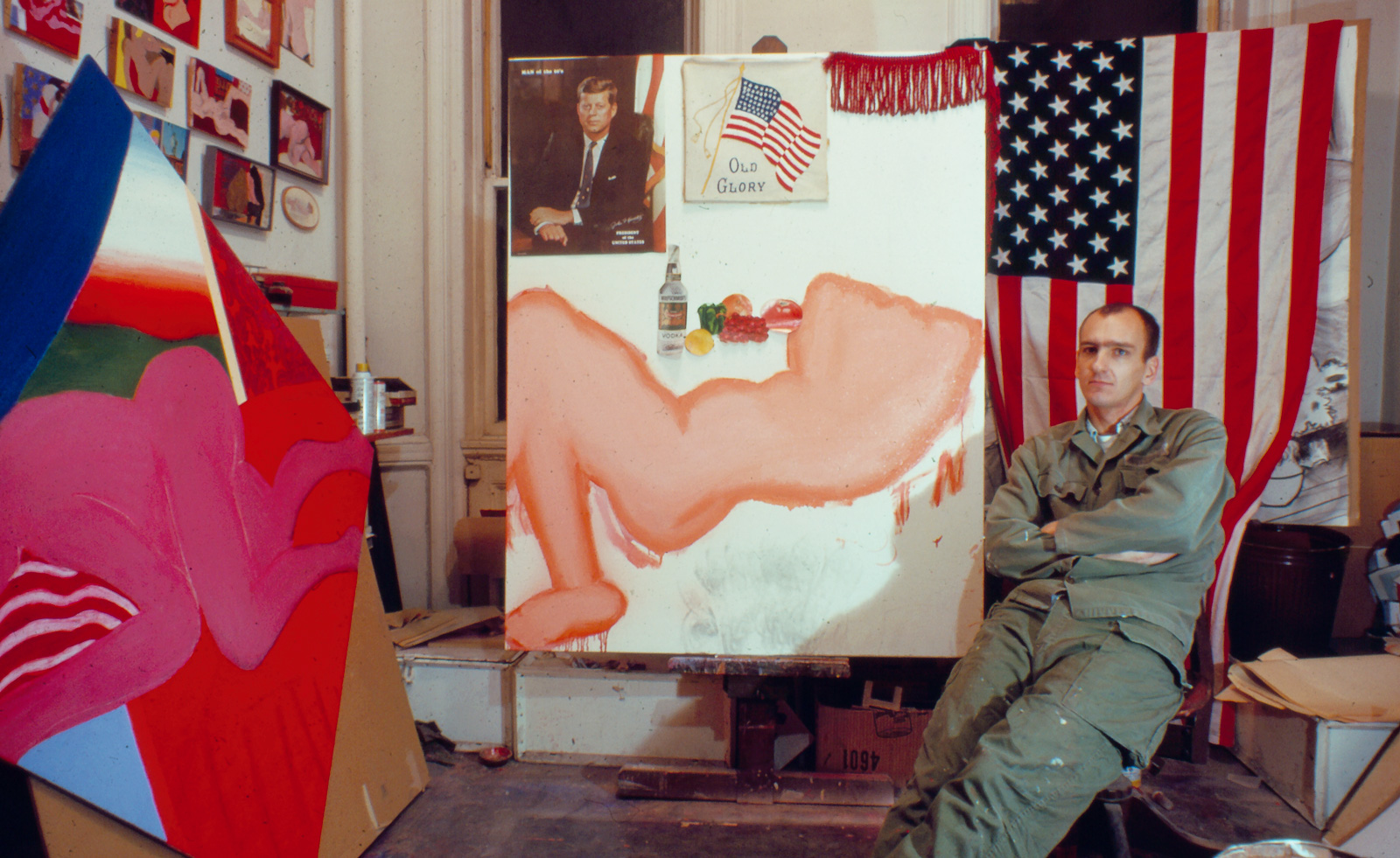 Tom Wesselmann’s 'Up Close' and the anatomy of desire
Tom Wesselmann’s 'Up Close' and the anatomy of desireIn a new exhibition currently on show at Almine Rech in London, Tom Wesselmann challenges the limits of figurative painting
-
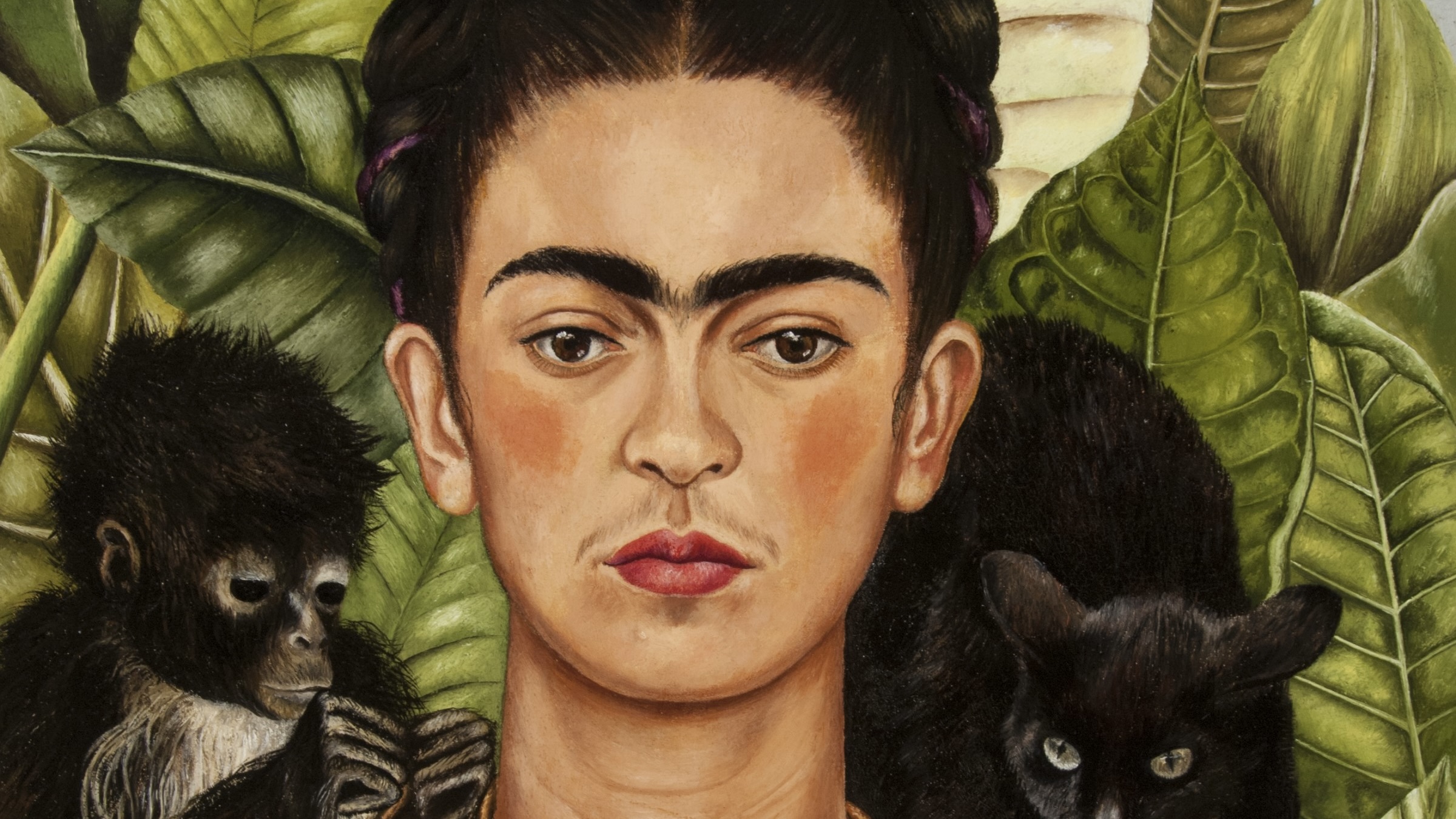 A major Frida Kahlo exhibition is coming to the Tate Modern next year
A major Frida Kahlo exhibition is coming to the Tate Modern next yearTate’s 2026 programme includes 'Frida: The Making of an Icon', which will trace the professional and personal life of countercultural figurehead Frida Kahlo